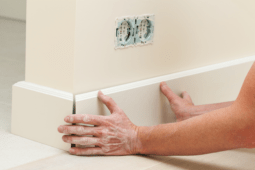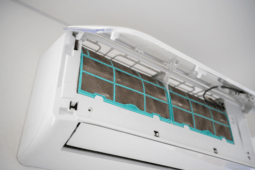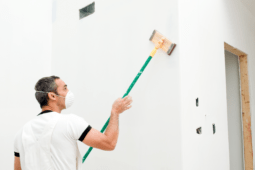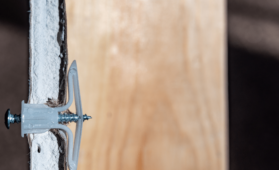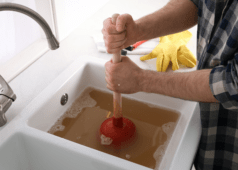A Comprehensive Guide to Properly Impregnating Wood to Preserve Wood
Wood impregnation is an essential process that enhances the durability and longevity of wood by infusing it with protective substances. Properly impregnating wood not only fortifies it against the ravages of moisture, insects, and decay but also maintains its natural beauty and structural integrity. Whether you’re a seasoned woodworker or a DIY enthusiast, mastering the art of wood impregnation can significantly boost the quality and lifespan of your wooden creations. This guide will walk you through the necessary steps and considerations to properly impregnate wood, ensuring that your project stands the test of time.
Ready to take on life with unshakable confidence? Whether you’re aiming to excel in your career, improve your relationships, or conquer DIY projects, NLP Hero’s Confidence Course is your key to success. Click here to start transforming your confidence and be better at everything you do!
From selecting the right materials to understanding the various impregnation techniques, we will cover all the crucial aspects to help you achieve professional results. So, let’s dive into the world of wood impregnation and discover how you can elevate your woodworking projects to new heights.
Understanding Wood Impregnation
Wood impregnation involves the infusion of chemical substances into the wood fibers to enhance its properties. This process is essential for protecting wood from environmental factors such as moisture, insects, and fungi, which can lead to decay and deterioration. Properly impregnating wood ensures that it remains robust and aesthetically pleasing for years. There are various methods to achieve this, including pressure treatment, vacuum impregnation, and soaking.
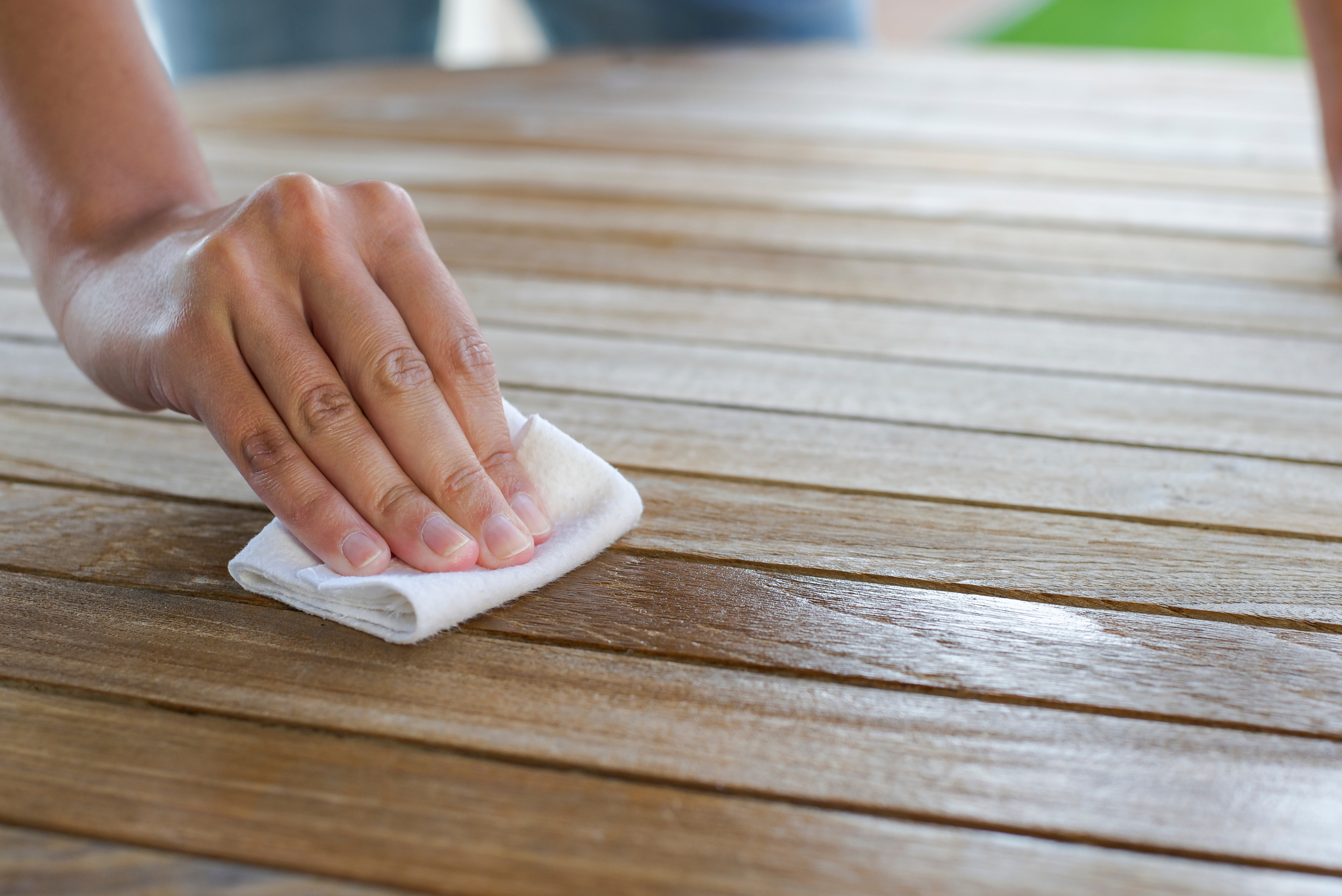
Each method has its own advantages and is suitable for different types of wood and applications. By understanding these techniques, you can choose the best method to properly impregnate wood for your specific needs.
Selecting the Right Impregnation Materials
Choosing the appropriate materials is a critical step in the process of properly impregnating wood. The type of wood you are working with will determine the kind of impregnation substances you should use. Common materials include wood preservatives, sealants, and resins.
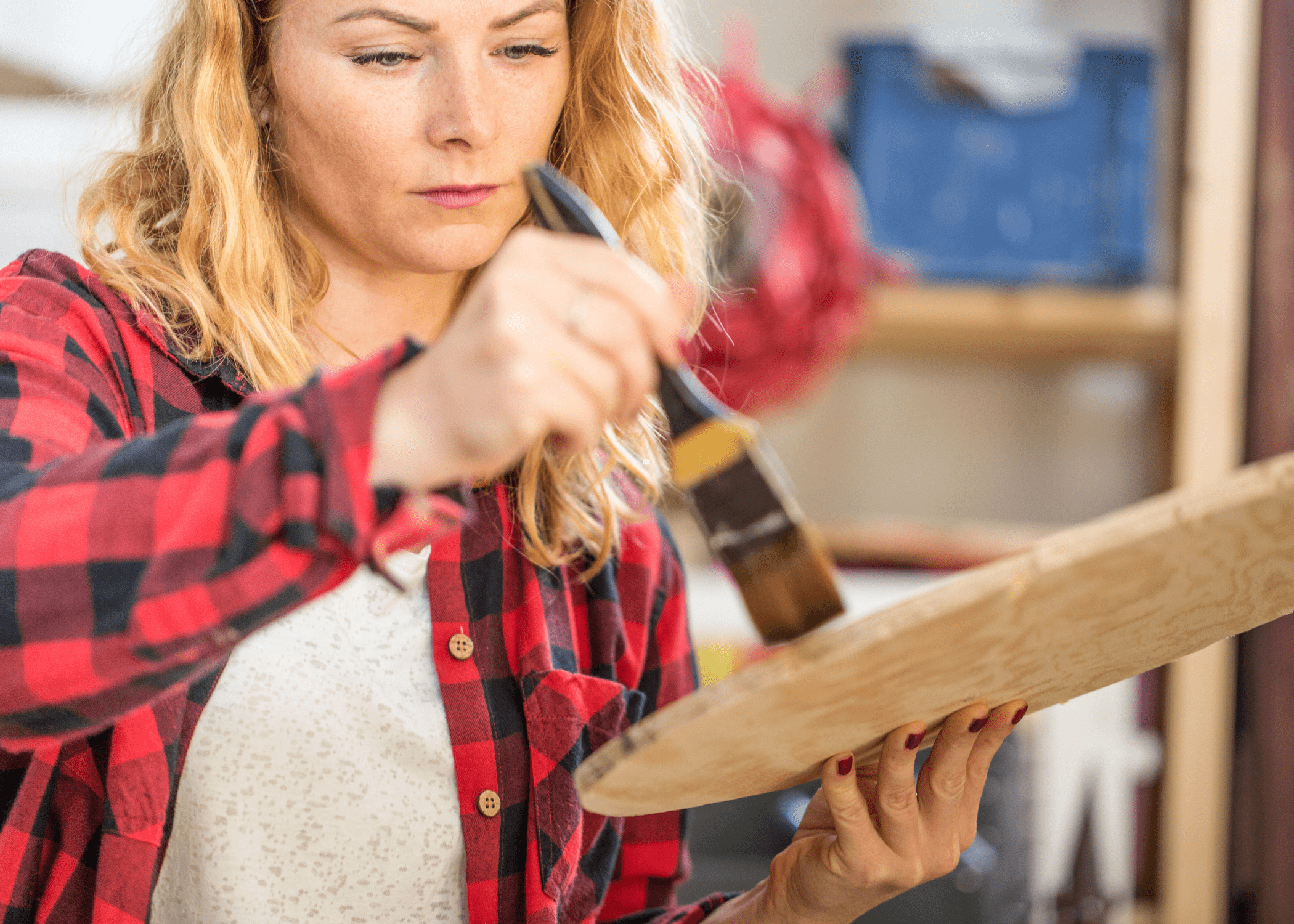
Wood preservatives are chemical compounds that protect against rot, decay, and insect damage. Sealants, on the other hand, help to waterproof the wood, preventing moisture ingress. Resins can be used to fill in cracks and voids, providing additional structural support. By selecting the right materials, you can ensure that the wood impregnation process is effective and long-lasting.
Preparing the Wood Surface
Before you can properly impregnate wood, it’s crucial to prepare the wood surface adequately. This involves cleaning the wood to remove any dirt, grease, or old finishes that might obstruct the impregnation process. Sanding the wood surface is also necessary to create a smooth, even texture that allows the impregnation substances to penetrate deeply.
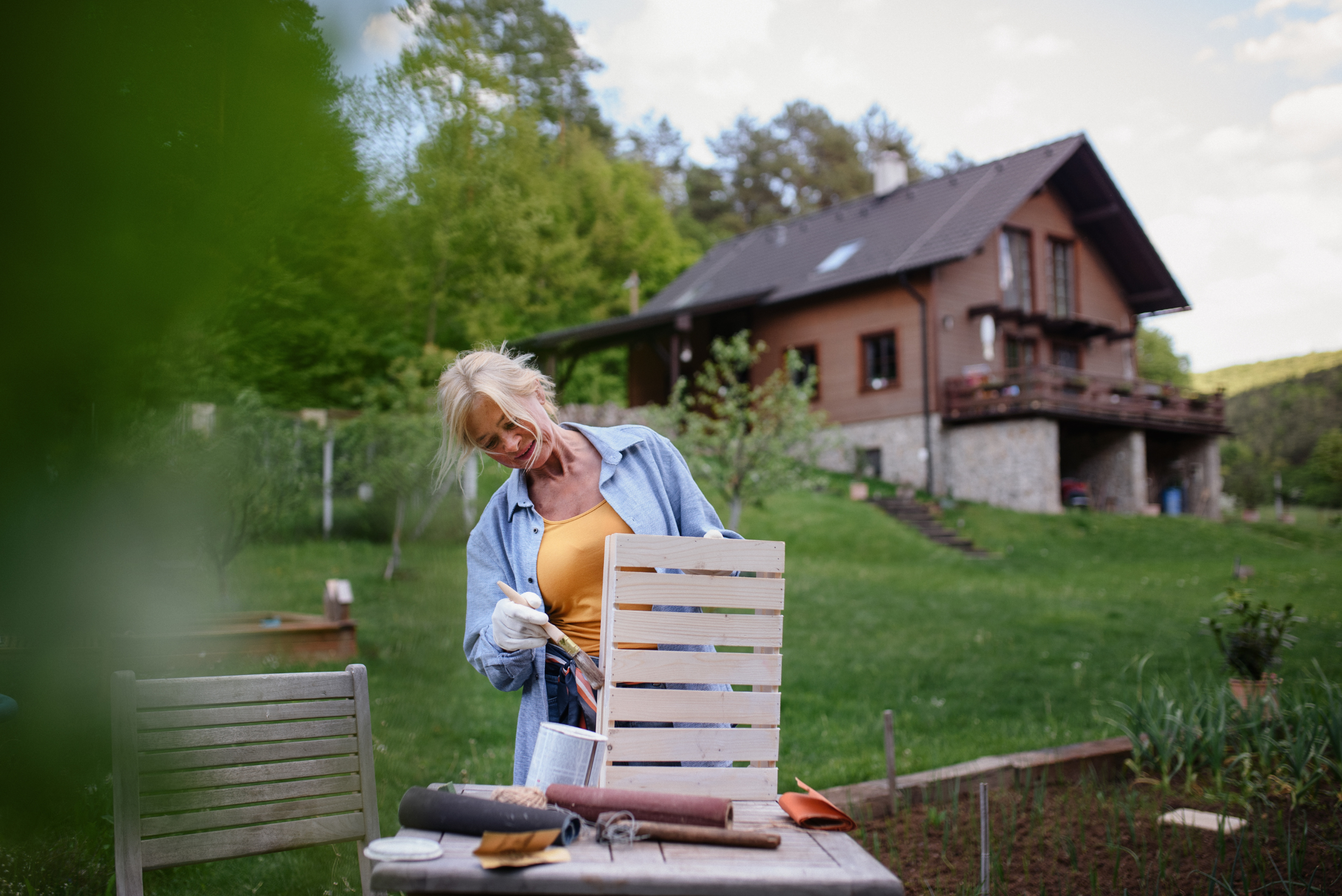
Depending on the condition of the wood, you may need to use different grades of sandpaper to achieve the desired smoothness. Proper preparation of the wood surface ensures that the impregnation substances adhere correctly and provide maximum protection.
Applying the Impregnation Solution
Once the wood surface is prepared, the next step in properly impregnating wood is to apply the impregnation solution. This can be done using various methods, such as brushing, spraying, or dipping. Brushing is ideal for small projects or intricate designs, as it allows for precise application.
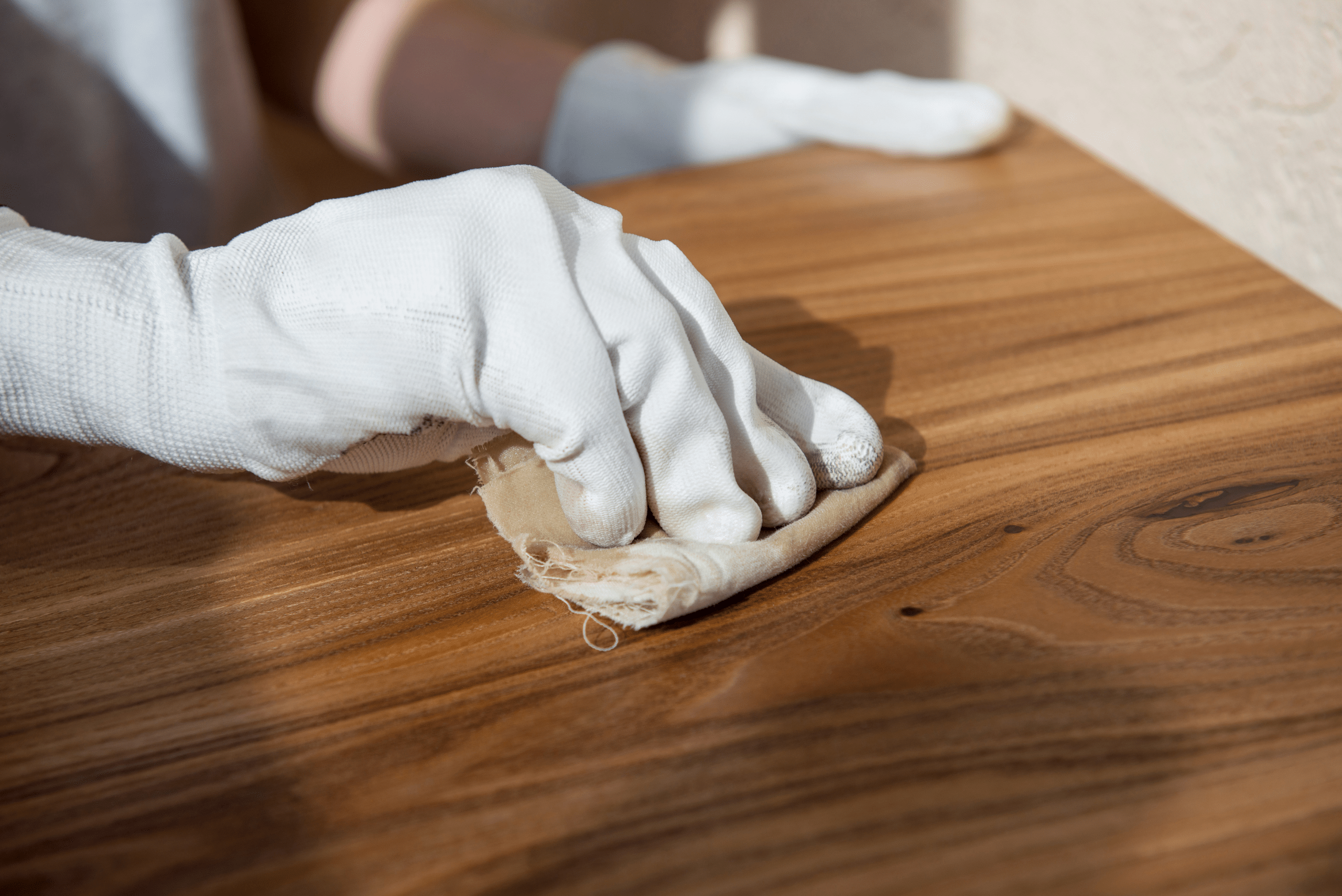
Spraying is suitable for larger surfaces and ensures even coverage. Dipping involves submerging the wood in the impregnation solution, which is effective for thorough penetration. Regardless of the method you choose, it’s important to apply the solution evenly and allow sufficient drying time between coats to achieve the best results.
Curing and Drying the Wood
After applying the impregnation solution, the wood needs to cure and dry properly. This is a critical step to ensure that the impregnation substances fully penetrate the wood fibers and provide long-lasting protection. The curing process can take anywhere from a few hours to several days, depending on the type of impregnation solution used and the environmental conditions.
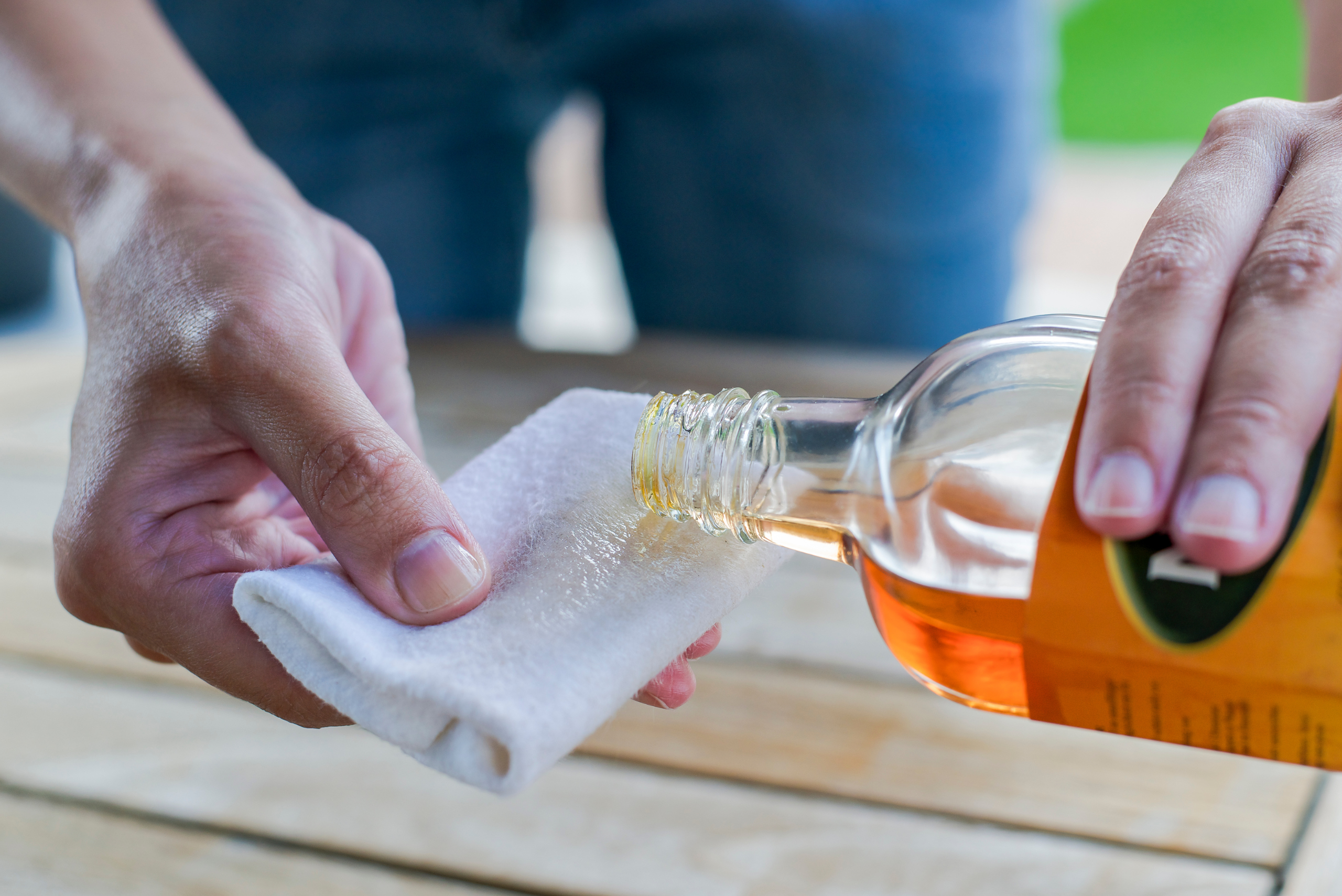
It’s essential to follow the manufacturer’s instructions regarding drying times and conditions. Proper curing and drying are vital to achieving the desired durability and protection for the wood.
Final Finishing Touches
The final step in properly impregnating wood is to apply any finishing touches that enhance its appearance and functionality. This may include applying a topcoat of varnish or polyurethane to seal the wood and provide additional protection. Staining the wood can also enhance its natural beauty and highlight the grain patterns.
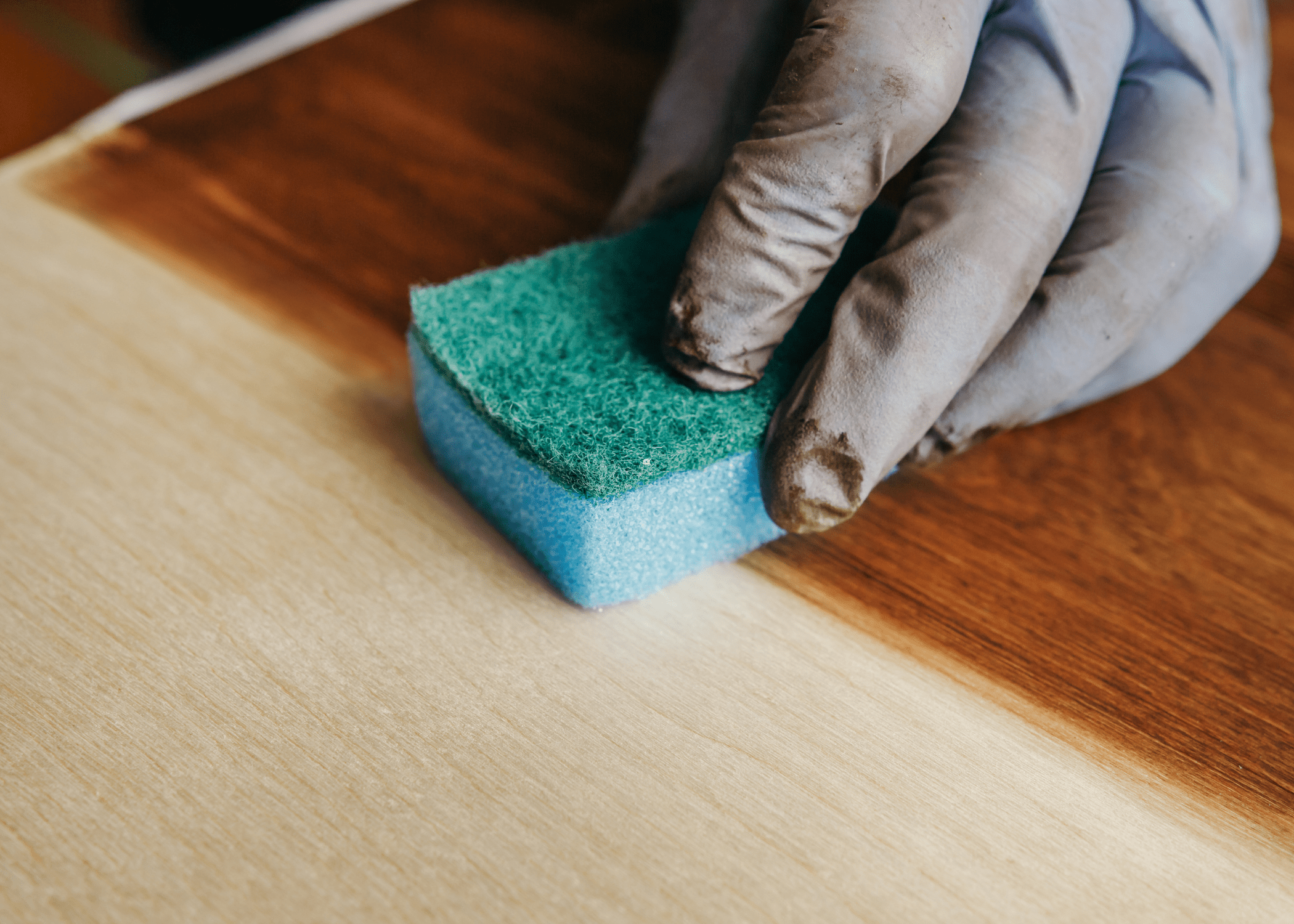
You may want to sand the wood lightly between coats to achieve a smooth, polished finish. By taking the time to add these finishing touches, you can ensure that your wood project is not only durable but also visually appealing.
Related Articles
Properly impregnating wood is a meticulous process that requires careful selection of materials, thorough preparation, and precise application techniques. By following these steps and paying attention to detail, you can enhance the durability, longevity, and beauty of your wooden creations. Whether you’re working on a small DIY project or a large-scale woodworking endeavor, mastering the art of wood impregnation will undoubtedly elevate the quality of your work.
Ready to start your next project? Join our DIY community to receive tool tips, how-to guides, and exclusive creative insights. Subscribe to the ManMadeDIY newsletter now! Click here to unlock a world of hands-on inspiration.


